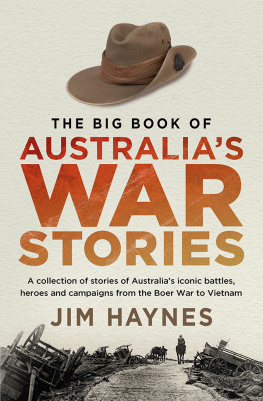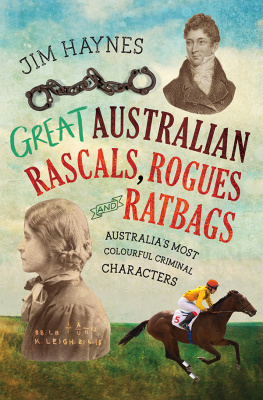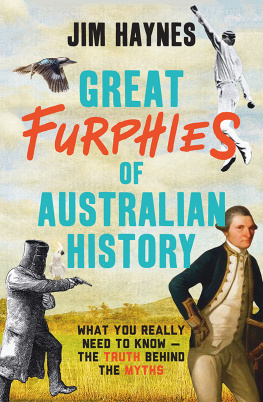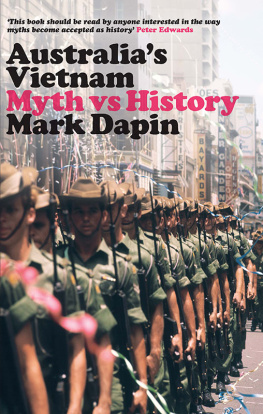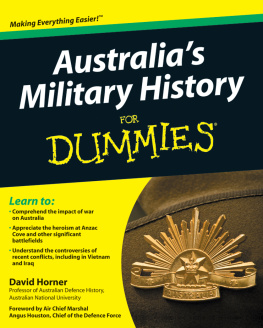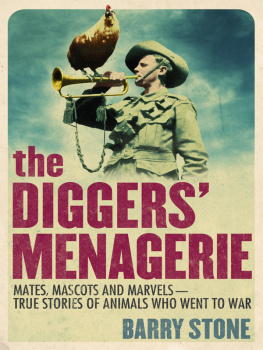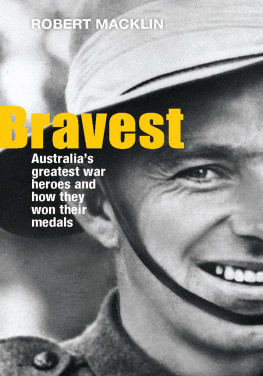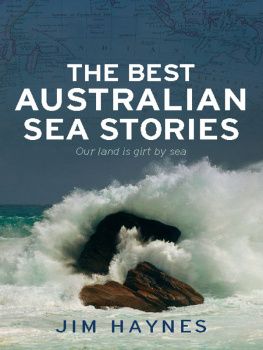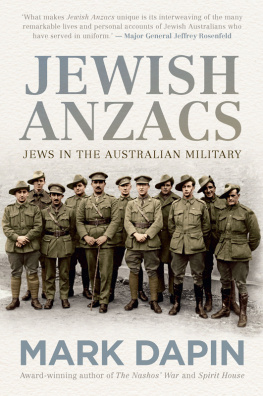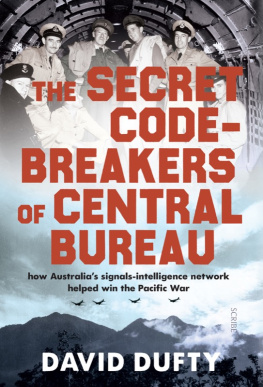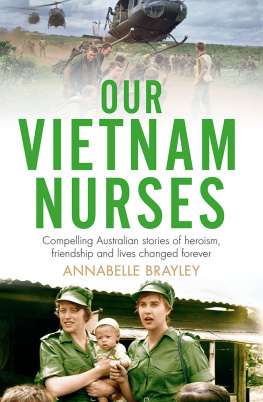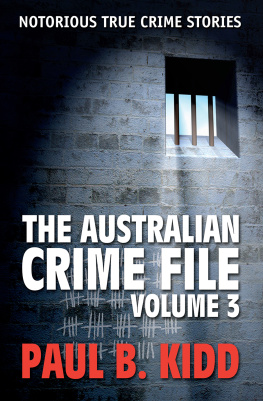
The Second South African (Anglo-Boer) War was the first time we fought as Australians, as our nation federated and was born during the course of the conflict.
The first contingents sent to fight in South Africa were raised by the Australian colonies in response to the outbreak of war in 1899. Mostly these contingents were men in the militia of the various colonial forces. The next lot to go were what were called the Bushmen contingents, recruited from more diverse sources and paid for by public subscription or by gifts from wealthy individuals.
The next groups to be recruited were the Imperial Bushmen contingents, which were raised in a similar way, but paid for by the British government in London. Then there were draft contingents, which were raised by the state governments after Federation on behalf of the new Commonwealth government, which as yet didnt have the infrastructure to do so. These were, technically, the first Australian military units to fight for their countrywell, the British Empire, anyway.
As far as the population of the Australian continent was concerned, there was no distinction between being an Australian and being British. Australia may have been a nation in 1901, but her people were all subjects of the Queen (for 22 days at least, until Victoria died and we became subjects of the King). The Australian Constitution does not mention the word citizen, referring only to the Australian people as subjects of the monarch. Australian travellers all held British passports until it became possible to be an Australian when overseas. The first Australian passports were issued in 1949.
About 16,000 Australians fought in what was almost always called The Boer War by Australians. They were under British command and contingents were often broken up and attached to British forces. Towards the end of the war, Australian Commonwealth mounted contingents fought in the counter-offensive of 1900, when the Boer capitals fell, and then on through the guerrilla phases of the war which lasted until 1902.
During the war, a total of 282 Australian troops died in action or from wounds sustained in battle, while 286 died from disease and another 38 in accidents or of unknown causes. Six Australians received Victoria Crosses during the fighting in South Africa.
In many ways Australias participation in the Second South African (Anglo-Boer) War serves as a reminder of just how British Australians were at the time we became a nation. It is interesting to consider just how much influence this had in shaping Australian attitudes to being an independent, indivisible nation.
On the other hand, the way the Australians fought in South Africa was an indication of just how different those men were from their British counterparts. One obvious reason for this difference is the fact that the British troops were all regular army, while the Australians were all volunteers and a large majority of them were bushmen.
The stereotype of the Australian soldier as a fearless, laconic, reckless and extremely efficient fighting man with a wry sense of black humour, which would become a source of great pride to Australians in both world wars, had its foundations in the Second South African War. There is no better example of this than the Battle at Molopo River, 8 kilometres (5 miles) north-west of Mafeking, in the far north of Cape Colony, on 16 May 1900.
Colonel Plumers relief column, approaching the besieged British garrison, encountered a force of 2000 Boers and a five-hour long battle took place. The 100 men of the 3rd Queensland Mounted Infantry, led by Captain Charles Kellie, had been assigned the task of protecting the supply wagons, well to the rear of the action.
Military historian, Chris Coulthard-Clark, described what happened next:
Late in the day, however, when the infantry was sent to clear the enemy from trenches near a farmhouse with the bayonet, they refused to be so constrained and, in defiance of the orders, joined in the assault.
As the British troops rose in extended order to make their final dash to the enemy lines 400 metres off, they heard fiendish yells like the sounds of a band of Red Indians from behind and found the Queenslanders running alongside them as they completed the remaining distance. Although a daring exhibition of brave spirit, the Australian bushmens wild rush had also been an act of folly. Whereas the British troops had been carefully advancing in bounds, making maximum use of cover, the Queenslanders had thrown caution to the winds and would have suffered accordingly if they had been attacking a more disciplined foe.
As it was, British losses were minor (seven killed and 24 wounded) and the battle was won. The siege of Mafeking was lifted the following day and there was jubilation throughout the British Empire.
Unlike many other nations, ours was not born out of conflict or disagreement with the motherland. Quite the opposite is true, in fact, our nation formed at a time when support for Britain among Australians was at its absolute peak and men were clamouring to fight for the Old Country, certainly not against it!
In retrospect, it may seem odd to some that while the Australian British colonies were in the process of becoming a nation and thus asserting some level of independence, the motherland had never been more popular and Australians have, arguably, never been prouder of being British than they were in 1901.
On the other hand, the court martial of four Australian officers and the execution by firing squad of lieutenants Peter Handcock and Harry Morant are incidents that have fuelled the fires of republicanism in Australia for more than a century and still serve today as a rallying point for anti-British sentiment in Australia.
Theres a very well-built fellow, with a swinging sort of stride,
About as handy sort as I have seen.
A rough-and-tumble fellow that is born to fight and ride,
And hes over here a-fighting for the Queen.
Hes the Queensland Mounted Infantrycompounded horse and foot.
Hell climb a cliff or gallop down a flat.
Hes cavalry to travel but hes infantry to shoot,
And youll know him by the feathers in his hat.
The first European settlement on the southern tip of Africa was set up by the Dutch East India Company in 1652, in order to serve as a staging post in the spice trade between Europe and the Dutch East Indies (now Indonesia), where the Dutch had established control by defeating the Portuguese in a series of wars over several decades of the 17th century.
The population of the Cape Colony, 200 years after its beginning, consisted of a mixture of the descendants of Dutch settlers, along with some Protestant Germans and French Huguenots and many people of mixed race, descendants of the European settlers, Malay and Central African slaves imported into the colony over several centuries, and the many indentured servants from the local Khoi and San peoples. These people were often referred to as Cape Coloureds, although many of the rural-dwelling farmers of the colony, known as Boers, were also of mixed-race ancestry.
During the French Revolutionary and Napoleonic wars, factions developed in the colony supporting either side and this led the British to intervene and seize the colony in 1803, give it back in 1805, and finally take control in 1806. In 1815 the Dutch accepted a payment of 6 million for the colony and it became an undisputed British possession.
The British administration immediately banned the Dutch language and established British customs and this, in turn, led to many of the Boer colonists trekking away to the north-east to be out of reach of the British administration. This movement increased after 5000 middle-class Britons migrated in the 1820s to help establish the colony as a British trading centre and the trek became a flood after Emancipation Day in 1838 when the British declared all slaves to be free. Boer farmers relied on slaves and many had purchased slaves on credit or used them as security for loans.
Next page
